
The pug is a breed of dog.
It is a jovial dog with a round and wrinkly head, a short nose, a stout and sturdy little body, and a curly tail.
This adorable small dog is charming, good-natured, energetic, and playful.
Typically loyal and alert, the pug is a valued companion dog.
At maturity it stands 25.5 to 28 cm (10 to 11 inches) and weighs about 6 to 8 kg (14 to 18 pounds).
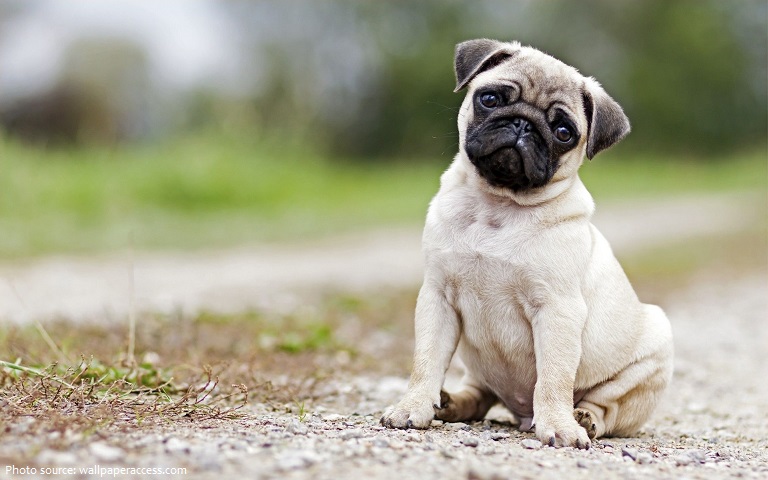
Its coat is short and glossy – colour is given in the breed standard as black or as silver or apricot fawn with a black line on the back and a black mask on the face.
The pug is one of the world’s oldest breeds of dogs, with a history dating back to at least 400 BC.
In ancient times, Pugs were bred to be companions for ruling families in China. The pet Pugs were highly valued by Chinese Emperors, and the royal dogs were kept in luxury and guarded by soldiers.
Pugs later spread to other parts of Asia. In Tibet, Buddhist monks kept Pugs as pets in their monasteries. The breed has retained its affectionate devotion to its owners since ancient times.
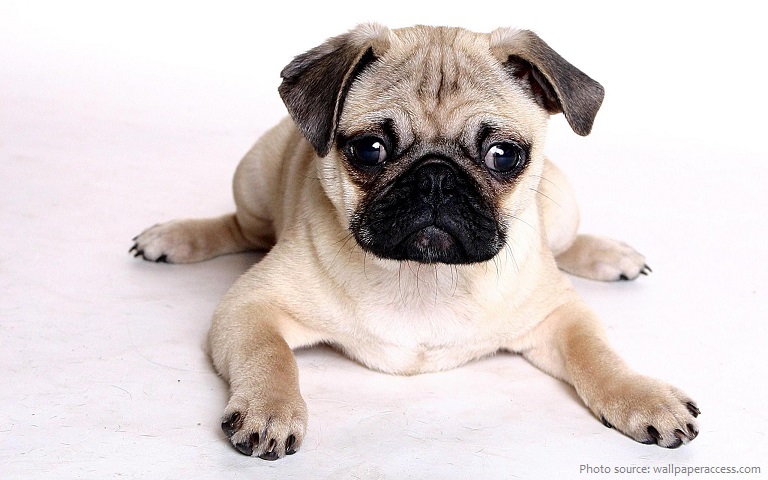
Pugs were brought from China to Europe in the sixteenth century and were popularized in Western Europe by the House of Orange of the Netherlands, and the House of Stuart.
They become the official dog of the House of Orange in 1572 after a Pug named Pompey saved the life of the Prince of Orange by alerting him to the approach of assassins.
A Pug travelled with William III and Mary II when they left the Netherlands to accept the throne of England in 1688. During this period, the Pug may have been bred with the old type King Charles spaniel, giving the modern King Charles Spaniel its Pug characteristics.
The English painter William Hogarth was the devoted owner of a series of Pugs. His 1745 self-portrait, which is now in London’s Tate Gallery, includes his Pug, Trump.

Pugs were painted by Goya in Spain, and in Italy they rode up front on private carriages, dressed in jackets and pantaloons that matched those of the coachman. They were used by the military to track animals and people, and were also employed as guard dogs.
The popularity of the Pug continued to spread in France during the eighteenth century. Before her marriage to Napoleon Bonaparte, Joséphine had her Pug Fortune carry concealed messages to her family while she was confined at Les Carmes prison, it having alone been given visiting rights.
In nineteenth century England, the breed flourished under the patronage of Queen Victoria. She favored apricot and fawn colors. Queen Victoria’s passion for Pugs was passed on to many other members of the Royal family, including her grandson King George V and his son King Edward VIII.
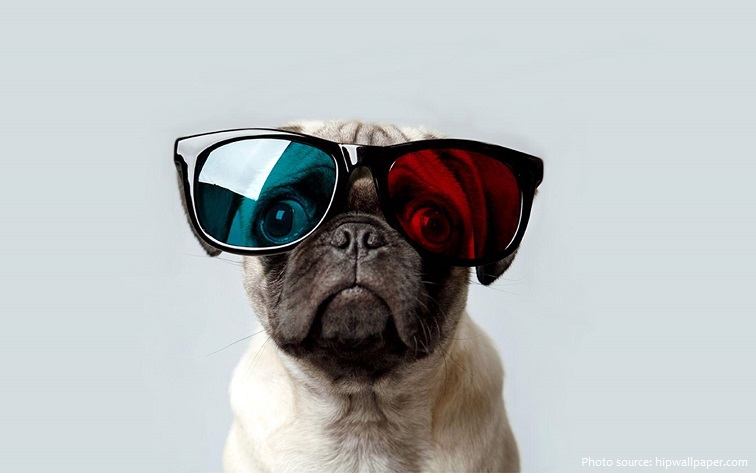
Pugs arrived in the United States during the nineteenth century and were soon making their way into the family home and the show ring.
The pug was first registered with the American Kennel Club (AKC) in 1885 and has continued to gain popularity.
The Pug Dog Club of America was founded in 1931 and was recognized by the American Kennel Club that same year.
The word “Pai” came to be used as the name for this type of dog, and it is possible that to Western ears this name may have resembled the name now used in the West, “Pug.” In 1731 the word “pug” was defined in a dictionary as a nickname for a monkey or dog. Marmosets were popular as pets at that time, and the Pug’s squashedin face probably caused it to share the same name.
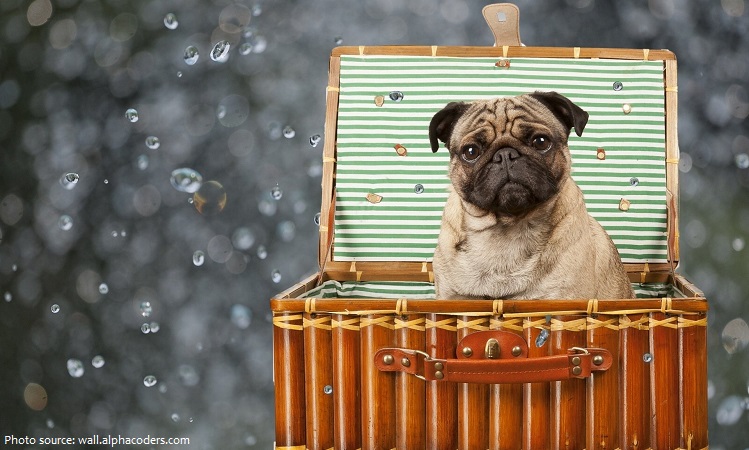
Another possibility is that the name originated from the Latin word pugnus, which means fist, as some people thought that the shape of the Pug’s face resembled a clenched fist.
The word “pug” or “pugge” was also a term of endearment, though it may also be a derivation of “Puck,” conjuring up Shakespearean images of an impish face.
The pug most likely shares a common ancestor with the Pekingese. The short-coated pug and the long-coated Pekingese share similar features, most notably their flat faces and coloring.
The pug bears a resemblance to Chinese Fu Lions, or Guardian Lions, and it is believed that the sculptors may have modeled the lions after the pug, or one of several other Chinese dog breeds that are similar in appearance (such as the Pekingese).
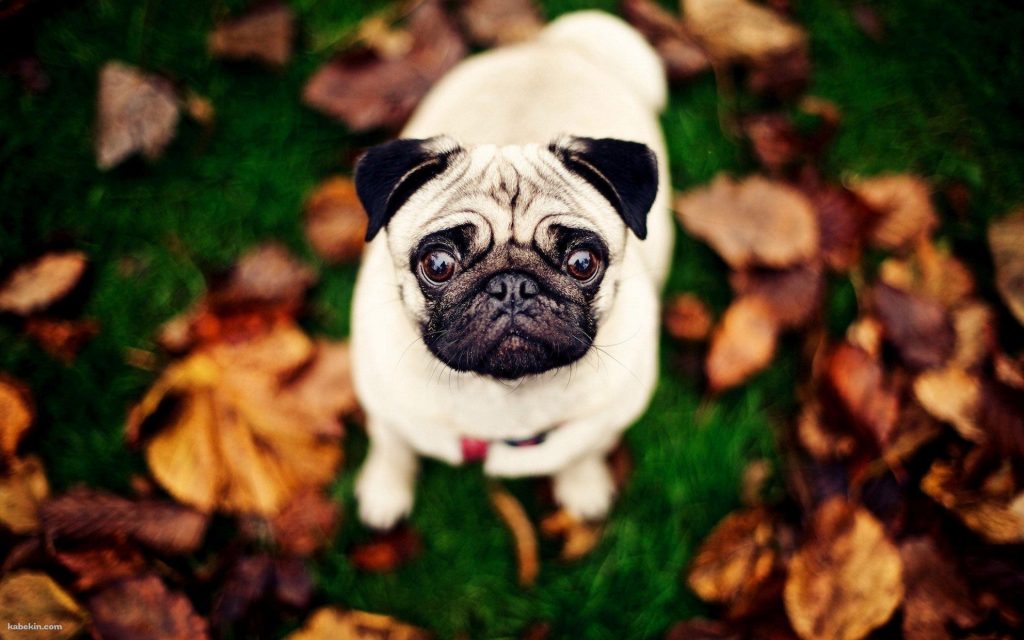
In Tibet, pugs were called lags k’yi, which means “hand dog.” This comes from a Tibetan legend about the origins of pugs. According to the legend, if a human touches a young eagle right after it is hatched, it will be transformed into a pug dog.
The Men in Black film series features Frank, a fictional talking pug portrayed by animal actor Mushu. Otis and Frank are characters that have helped to popularize pugs and have become iconic examples of the breed.
Pugs are one of the most popular breeds of dogs in the United States today.